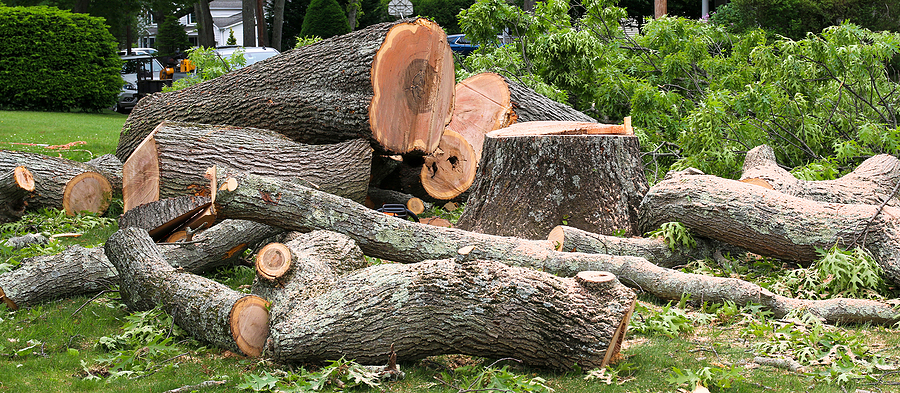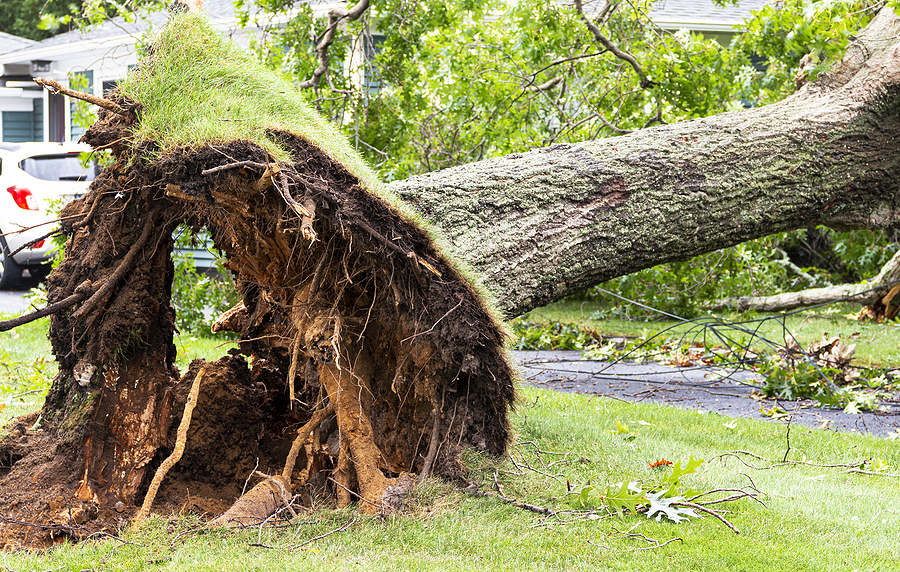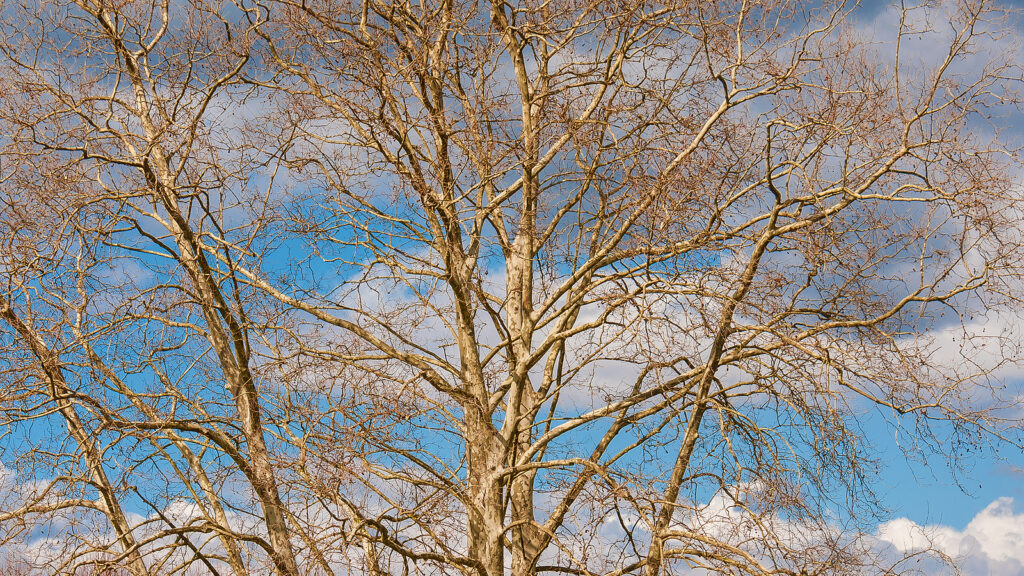As a homeowner, you may find yourself in need of tree removal services at some point. Whether it’s due to storm damage, disease, or simply wanting to update your landscaping design, removing a tree can be costly and time consuming. Before taking the plunge into hiring a tree service company for the job, there are several factors to consider when calculating the cost of tree removal.
Let’s take a look at what every homeowner should know about the cost of tree removal and how it can affect their budget. Scroll below to get started.

Factors That Impact Tree Removal Cost
The largest factor in tree removal cost is the size of the tree and its location on your property. Trees that are tall, wide, or close to buildings will typically require more work and thus a higher fee. Other factors include how closely the tree is surrounded by other trees or wires, the health of the tree, and the type of equipment needed for removal and haul away.
Additionally, stump removal can add to the total cost as it requires additional labor and machinery. The average cost of tree stump removal varies depending on several factors, including the size and location of the stump. One of the most popular methods for removing a stump is through stump grinding. This technique involves using a machine to grind the stump down into small pieces, allowing it to decompose over time. While it may not be the cheapest option, many homeowners find that the cost of stump grinding is well worth the time and effort it saves in the long run.
It’s important to note that some cities may also require homeowners to obtain permits for certain types of tree removals, which could lead to extra fees.
Average Tree Removal Rates:
↪ Fallen Trees: $75 – $250
↪ Large Trees: $1500+
↪ Oak Tree Removal: $200 – $1000
↪ Pine Tree Removal: $200 – $1500
* The final cost will depend on the size and condition of the tree, as well as, the location, risk-level, quantity, and so on.
Tree Removal Estimates
When selecting a professional tree service company to hire for your project, be sure to get multiple quotes from various providers so you can compare costs and services. This way, you can compare rates among local tree service contractors and get a better understanding of what’s fair in terms of tree removal rates. Most companies will provide free estimates or on-site inspections so you don’t have to worry about any upfront or out-of-pocket obligation to learn what your job will cost.
Professional Tree Service Company
It is important to choose a reputable and experienced tree service company to ensure you get fair prices for tree work. Word of mouth is also a great way to get good recommendations from people who have used these services before. Take the time to listen to reviews from past customers and see if they had a successful experience with their chosen company. This could determine whether or not this business is the right fit for you. Ultimately, making an informed decision about who will do your tree work is important for satisfaction in job quality, service, and value!
Conclusion
Tree removal is no simple task, but with the right precautions and knowledge it doesn’t have to be an overwhelming experience. Understanding the cost of tree removal and all its associated factors is the first step in making sure your project runs smoothly and within your budget. With careful consideration, you can rest assured that hiring a professional will ensure safe and efficient removal of your tree.
Are you in need of affordable and safe tree work in Indy? Contact Complete Tree Care at 317-783-2518 for licensed tree removal in Indianapolis, Indiana. Our full-service tree care solutions are available to both residential and commercial clients. You can also count on us for stump removal, lot clearing, and even arborist assistance!
Related Posts:
How Much Will Tree Removal Cost?
How Much Does it Cost to Remove a Tree That Fell Over?
The Benefits of Professional Tree Stump Removal



